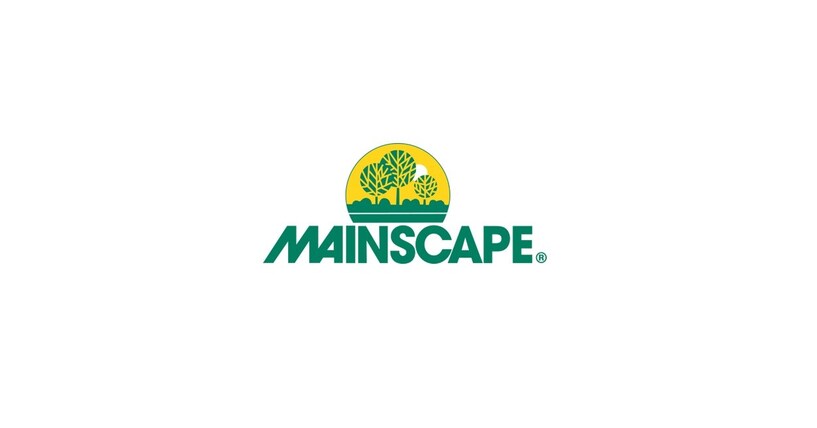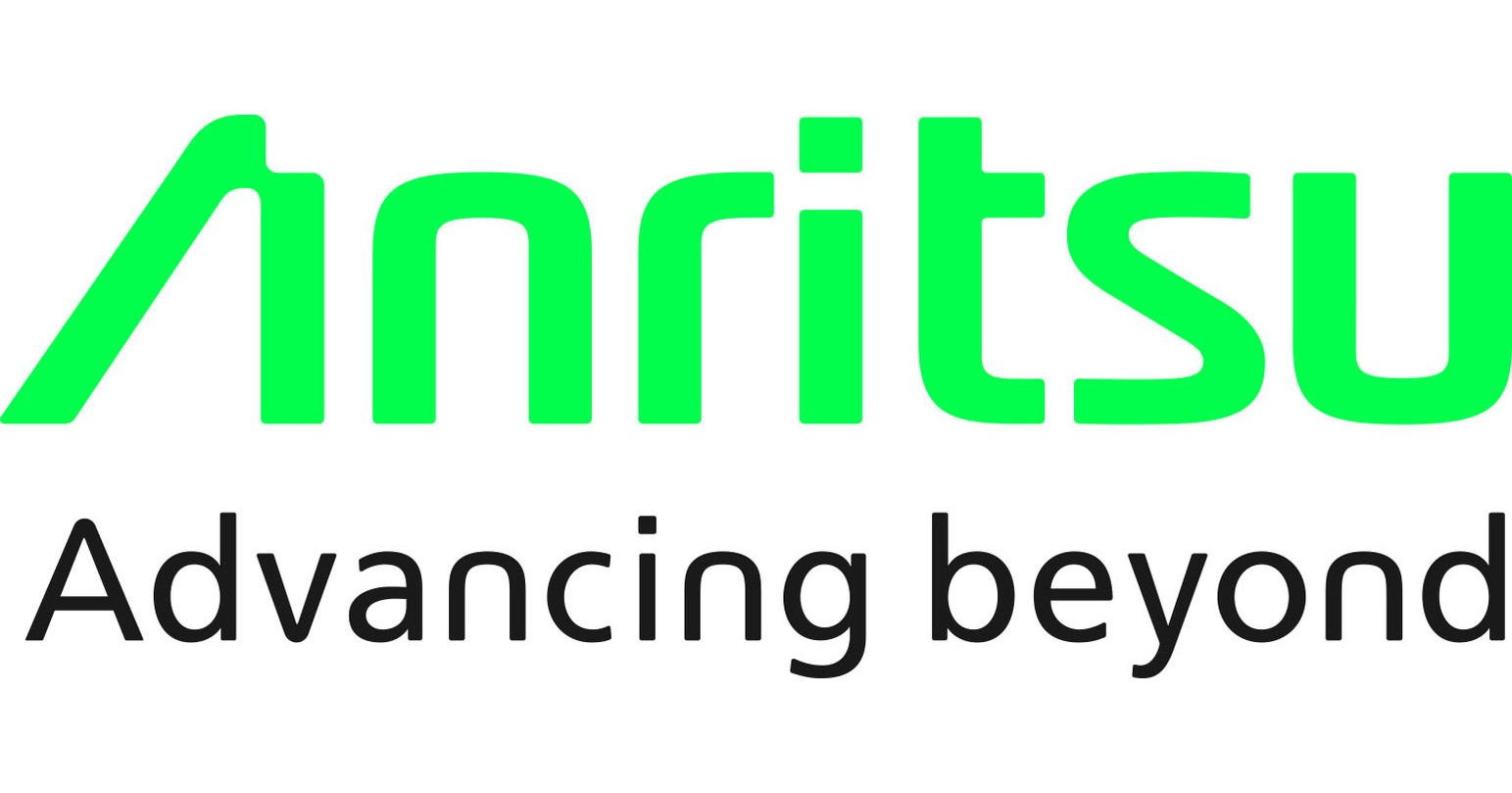BLUETTI and UN-Habitat Power Clean Energy Expansion in Africa
In a transformative move to advance sustainable energy solutions, BLUETTI, a pioneering brand in solar energy storage, has strengthened its partnership with UN-Habitat. This collaboration aims to enhance access to clean energy across Africa, addressing the pressing energy needs of the continent’s population. As Africa continues to grapple with energy scarcity, this initiative offers a beacon of hope for millions seeking reliable, sustainable solutions.
The Importance of Clean Energy in Africa
Access to reliable energy is crucial for economic growth, development, and improving living standards. However, many regions in Africa still face significant challenges when it comes to energy access:
- Approximately 600 million people in Africa lack access to electricity.
- Dependence on fossil fuels remains prevalent, contributing to environmental degradation.
- Rural areas are particularly underserved, with limited infrastructure and resources.
Through the expansion of clean energy initiatives, such as solar and wind power, African nations can address these challenges effectively while promoting sustainable development goals.
About BLUETTI: Pioneering Clean Energy Solutions
Founded in 2019, BLUETTI has gained prominence for its innovative energy storage products that utilize advanced solar technology. The brand emphasizes the following:
- Innovation: Incorporating cutting-edge technology to create efficient solar energy solutions.
- Sustainability: Commitment to reducing carbon footprints through renewable energy sources.
- Accessibility: Making solar energy solutions affordable and accessible to underserved populations.
BLUETTI’s mission aligns seamlessly with UN-Habitat’s objectives, making this partnership a critical step toward a sustainable energy future for Africa.
UN-Habitat’s Role in Promoting Sustainable Urban Development
As the United Nations agency responsible for promoting socially and environmentally sustainable towns and cities, UN-Habitat plays a crucial role in fostering development across multiple sectors. Its goals include:
- Enhancing urban sustainability through improved energy systems.
- Encouraging the use of renewable sources to minimize ecological impact.
- Supporting local governments in implementing effective energy policies.
The partnership with BLUETTI is expected to accelerate these efforts, providing the necessary resources and technology to empower communities across Africa.
Key Objectives of the BLUETTI and UN-Habitat Partnership
The renewed partnership is focused on several key objectives aimed at enhancing energy access and promoting sustainable development:
- Expanding Energy Infrastructure: Developing solar and renewable energy infrastructure in rural and underserved urban areas.
- Education and Awareness: Promoting clean energy practices through community engagement and educational programs.
- Capacity Building: Training local communities and organizations on the benefits and usage of clean energy technologies.
- Strategic Investment: Mobilizing investments to support the creation and maintenance of sustainable energy systems.
Implementation Strategies for Clean Energy in Africa
The collaboration between BLUETTI and UN-Habitat will leverage several strategies to ensure effective implementation of clean energy solutions:
1. Pilot Projects
Launch pilot projects in select communities to demonstrate the effectiveness of solar energy systems. These initiatives will serve as models for larger-scale implementations.
2. Community-Led Initiatives
Empowering communities to take ownership of their energy solutions is vital. Through training and support, local leaders can drive sustainable practices within their neighborhoods.
3. Partnerships with Local Governments
Collaborating with local authorities allows for alignment with existing policies and the integration of clean energy solutions into broader urban development plans.
4. Financial Support and Incentives
Implementing financial mechanisms such as subsidies and microfinance options can make renewable energy technologies more accessible to low-income households.
The Impact of Clean Energy on African Societies
The implications of expanding access to clean energy in Africa are profound:
- Economic Growth: Reliable energy sources can boost local businesses, creating job opportunities and enhancing productivity.
- Improved Health: Reducing reliance on kerosene and other harmful fuels can decrease respiratory diseases and improve overall health outcomes.
- Educational Opportunities: Access to electricity allows for extended study hours and can improve educational infrastructure, including the use of digital resources.
- Environmental Preservation: By shifting towards renewable energy, African nations can mitigate climate change impacts and promote biodiversity conservation.
The Road Ahead: Challenges and Opportunities
While the prospect of expanding clean energy access in Africa is optimistic, several challenges remain:
- Infrastructure Limitations: Many areas lack the necessary infrastructure to support widespread adoption of renewable energy technologies.
- Funding and Investment: Securing adequate funding for projects can be a significant barrier.
- Technological Adoption: Ensuring that people understand and can effectively utilize new technologies is crucial for long-term success.
Despite these challenges, the collaboration between BLUETTI and UN-Habitat presents a unique opportunity to turn these hurdles into stepping stones for a sustainable future.
Conclusion
The partnership between BLUETTI and UN-Habitat is set to revolutionize energy access in Africa, creating pathways toward sustainability and resilience. As clean energy solutions become more prevalent, communities will emerge empowered, healthier, and poised for economic growth. With a shared vision and commitment, this initiative marks a significant step in ensuring a brighter, cleaner future for all.
Stay tuned as this partnership unfolds, and be part of the conversation on sustainable energy in Africa!
“`
This blog post captures the core elements of the original article while expanding upon them and optimizing for SEO with relevant headings and engaging content.



